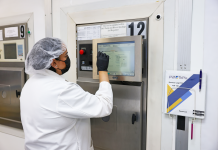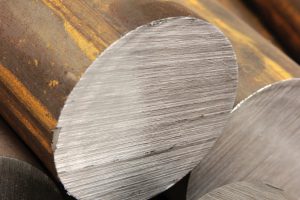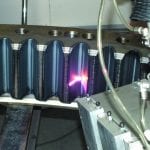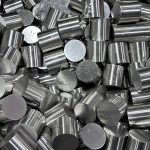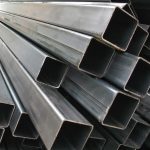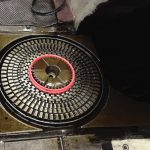Due to their resistant and highly conductive properties, copper-titanium alloys become increasingly important in the field of industrially manufactured electrical components such as connectors, power switches, jacks, or camera modules.
This trend is even more accelerated by the fact that titanium — as an alloying element — provides an excellent alternative to beryllium with its harmful characteristics. However, the production of copper-titanium alloys is quite demanding and, in the case of open furnaces, hardly feasible, since titanium reacts strongly with almost all atmospheric gases, resulting in significant quality and yield losses.
ALD Vacuum Technologies GmbH recently has succeeded in developing a compact furnace concept that allows for cost-efficient production of such high-purity titanium-copper alloys without any risks of formation of inclusions by air contact, excessive heat loss, or non-feasible cycle times. To achieve this, vacuum treatment is applied. By preventing oxidation and with the help of special stirring as well as degassing techniques, the melt is kept as pure as possible. By sampling, alloy addition for adjustment of the melt chemistry and temperature measurement are possible without interrupting the process. If continuous casting is used, the melt transfer can also be carried out under controlled conditions. The proven concept is already operating successfully in two plants in Asia.
Wherever alloys with high conductivity and robust material properties are required, copper-titanium combinations become increasingly popular and represent a promising addition to the product portfolio of the copper-processing industry. Major applications include conductive springs, connectors in automotive as well as electronics, and camera modules in electronic devices such as smartphones and PCs. Furthermore, copper-titanium alloys are replacing the conventional copper-beryllium alloy series due to an increasing demand to replace beryllium with its highly harmful properties.
While nowadays there are various process approaches for the production of copper-titanium alloys, thus far little attention has been paid to vacuum induction melting.
“Most conventional induction furnaces are quite large and not very practical for the batch sizes that are common in copper-titanium alloy manufacturing,” said Andreas Eich, product manager melting at ALD Vacuum Technologies GmbH. “Additionally, conventional induction melting usually takes place under atmospheric conditions. Thus, the air’s oxygen and nitrogen will react with the titanium and form harmful non-metallic inclusions.”
Consequences of contact with air will be a reduced melt cleanliness and deteriorated material properties as well as higher production cost due to a reduced titanium yield. Therefore, the furnace has to be adapted extensively. Among other things, especially an inert gas atmosphere needs to be created and maintained. Here the use of induction melting under vacuum (VIM) provides a very promising alternative processing route.
However, the (possible) need of transporting the copper-titanium melt to a continuous casting machine, where it is again exposed to ambient air, poses a technical challenge. Experts at ALD Vacuum Technologies have succeeded in using vacuum induction melting for the production of titanium-copper alloys on an industrial scale without these limitations. For this purpose, the company’s so-called VID (vacuum-induction degassing) or VIDP (vacuum-induction degassing and pouring) concept was applied to a compact plant design, whereby, depending on chosen equipment configuration, melting and casting of slabs can take place completely under controlled atmosphere. The proven design is currently in operation at two different plants in Asia and can be easily adapted to existing melting infrastructure at other production sites in the future.
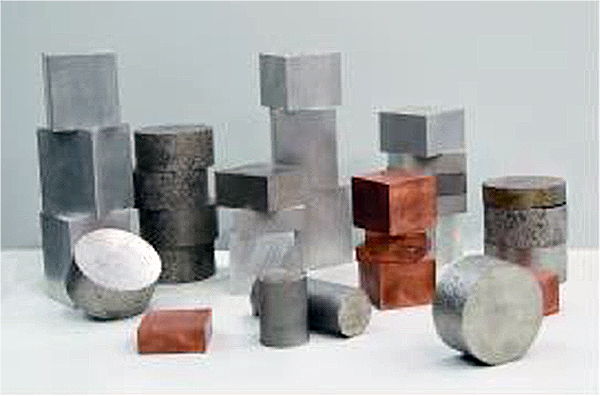
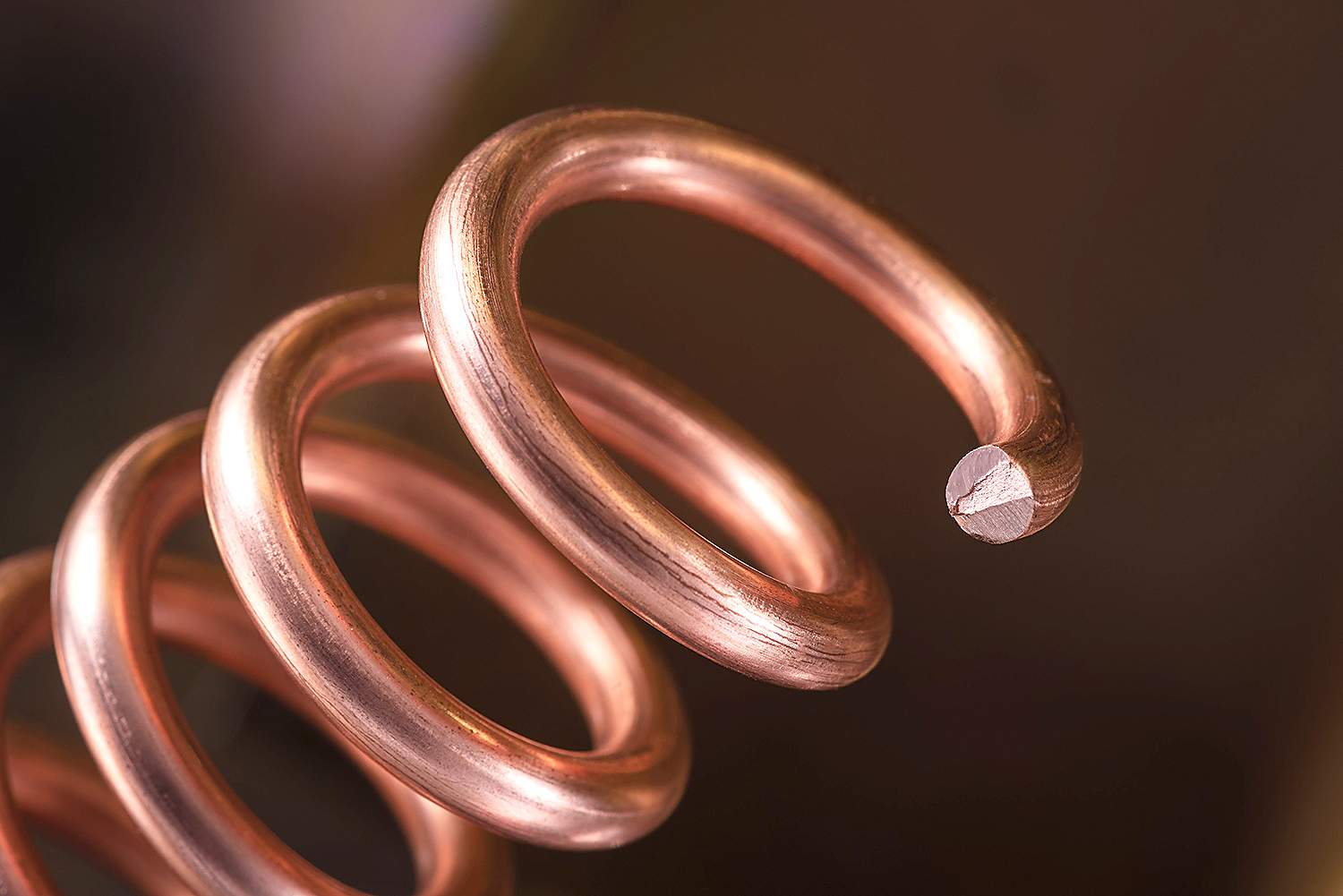

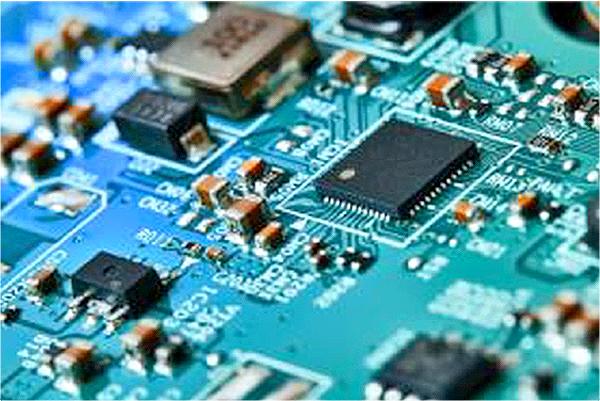 Vacuum-tight process allows for highly reproducible results
Vacuum-tight process allows for highly reproducible results
In general, the copper-titanium melt is manufactured under a controlled atmosphere in a vacuum-induction furnace. It is then cast in a semi-continuous vertical casting machine to produce high-purity slabs as starting material for further processing through subsequent steps such as hot forming, annealing, and cold forming. The vacuum-tight process environment of this concept allows for highly reproducible results and a predictable yield as interference on the material purity can be reduced to a minimum.
“The use of continuous casting is not standard in vacuum melting, because the combination is usually not possible within a vacuum,” Eich said. “With our special solution, however, the melting process can be coupled to the downstream continuous casting in a process-safe manner.”
In addition to the induction furnace itself, the mandatory launder chamber of ALD as well as the tundish chamber and the caster equipment used by the plant operator also are installed in the vacuum-tight housing and work under an inert gas atmosphere. However, this only applies to VIDP. In a derivative furnace concept called VID, melt transfer to the continuous caster is carried out via open-transfer launder in a normal ambient atmosphere with inert-gas shrouding. This setup can produce batch sizes of up to 30 metric tons, making the production of copper-titanium alloys via vacuum induction melting even more competitive.
To ensure highest melt purity standards and to secure a desired microstructure quality, these types of vacuum furnaces use additional process and monitoring features. First, the melt is kept very homogeneous by ALD’s 3-phase electromagnetic stirring before it is passed on to the continuous caster. This ensures improved process kinetics for degassing and removal of non-metallic inclusions. Furthermore, grade specific quality requirements are achievable within reasonable process cycle times. Additionally, sampling as well as temperature measurement can be performed without interrupting the vacuum. “This helps calculating what needs to be re-alloyed and allows working within very tight analysis limits,” said Henrik Franz, vice president Research & Development at ALD Vacuum Technologies GmbH. “Alloy addition can be carried out in a very controlled and reproducible manner, as erratic burn-off under air contact is avoided in this furnace concept.”
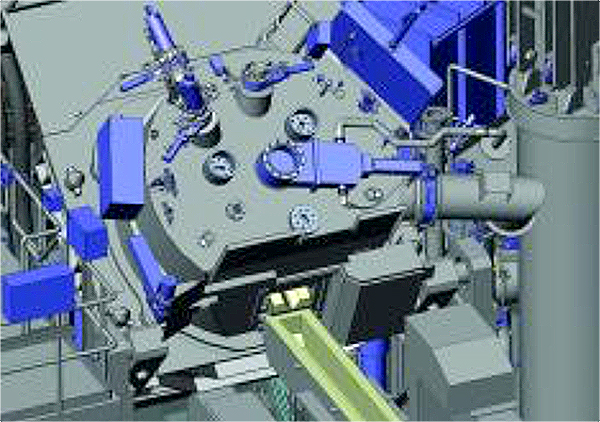
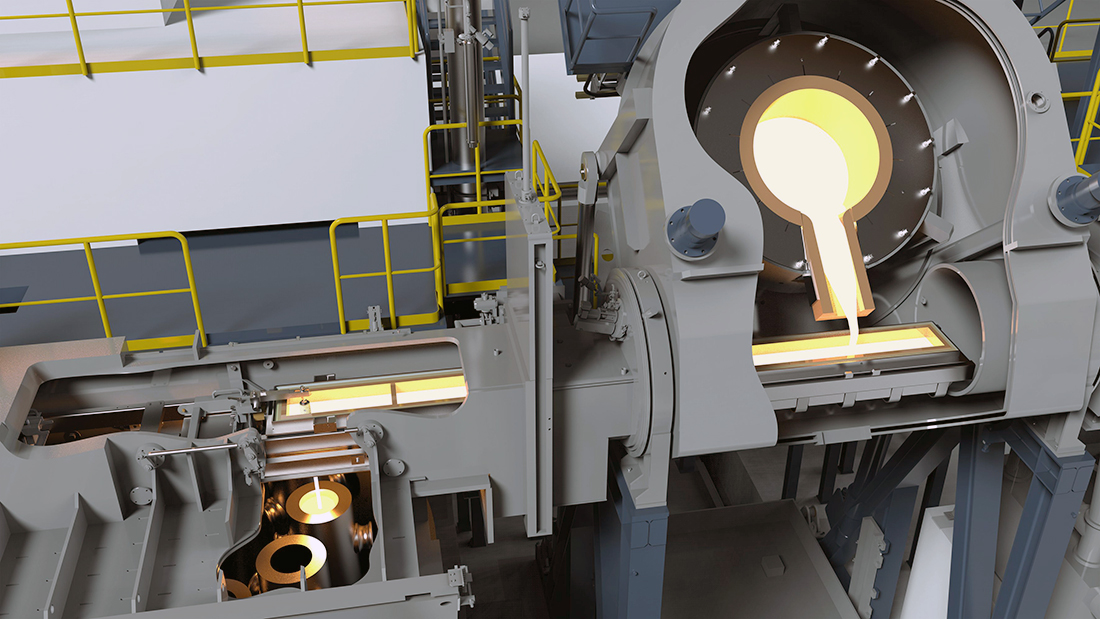
Concept adaptable to the existing melting infrastructure
In order to offer vacuum-induction melting as a flexible solution, the company has deliberately developed two variants with regard to the connection of a continuous casting. Thus, customers can decide based on their requirements regarding purity and existing infrastructure, whether melt transfer to the caster equipment should also take place in a common vacuum tight housing completely under controlled atmosphere or transfer under inert gas shrouding is sufficient.
Two material manufacturers from Asia have each opted for one variant, with both recently set into operation. One plant in China is built according to the VID concept. This furnace is equipped with an eight-ton crucible and a melt-power supply of 2,500 kW. More than five metric tons per hour can be melted and fed to the caster under ambient atmosphere with inert gas protection.
The second plant allows casting under a controlled atmosphere in addition to melting according to the VIDP concept. Both concepts were customized and adapted to fit into already existing process route concepts. In close collaboration with customers and suppliers of continuous casters, slab dimensions, for example, were matched to the customer-specific further processing. ALD’s design ensured the connection between furnace and continuous caster was accurate and safe. Initial results already show VID or VIDP can reduce quality mitigating inclusions and help to reduce process costs through better tolerance management and improved yield.
“The proven combination of vacuum-based melting with simultaneous sampling and an economically viable continuous casting system provides excellent product quality at suitable dimensions adapted to further processing,” said Stefan Lemke, vice president melting and remelting at ALD Vacuum Technologies GmbH.
MORE INFO www.ald-vt.com










